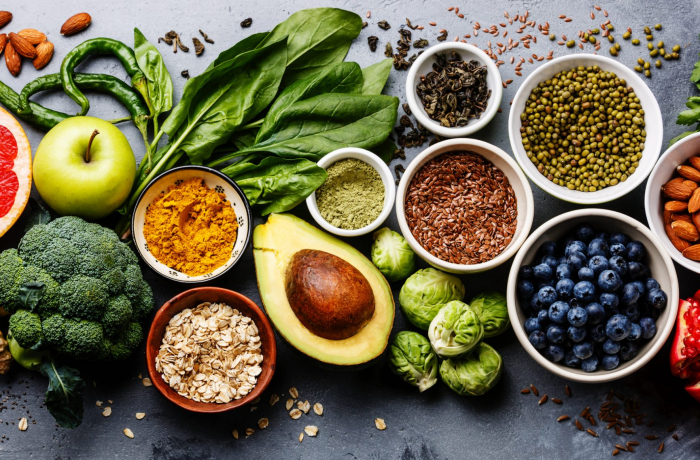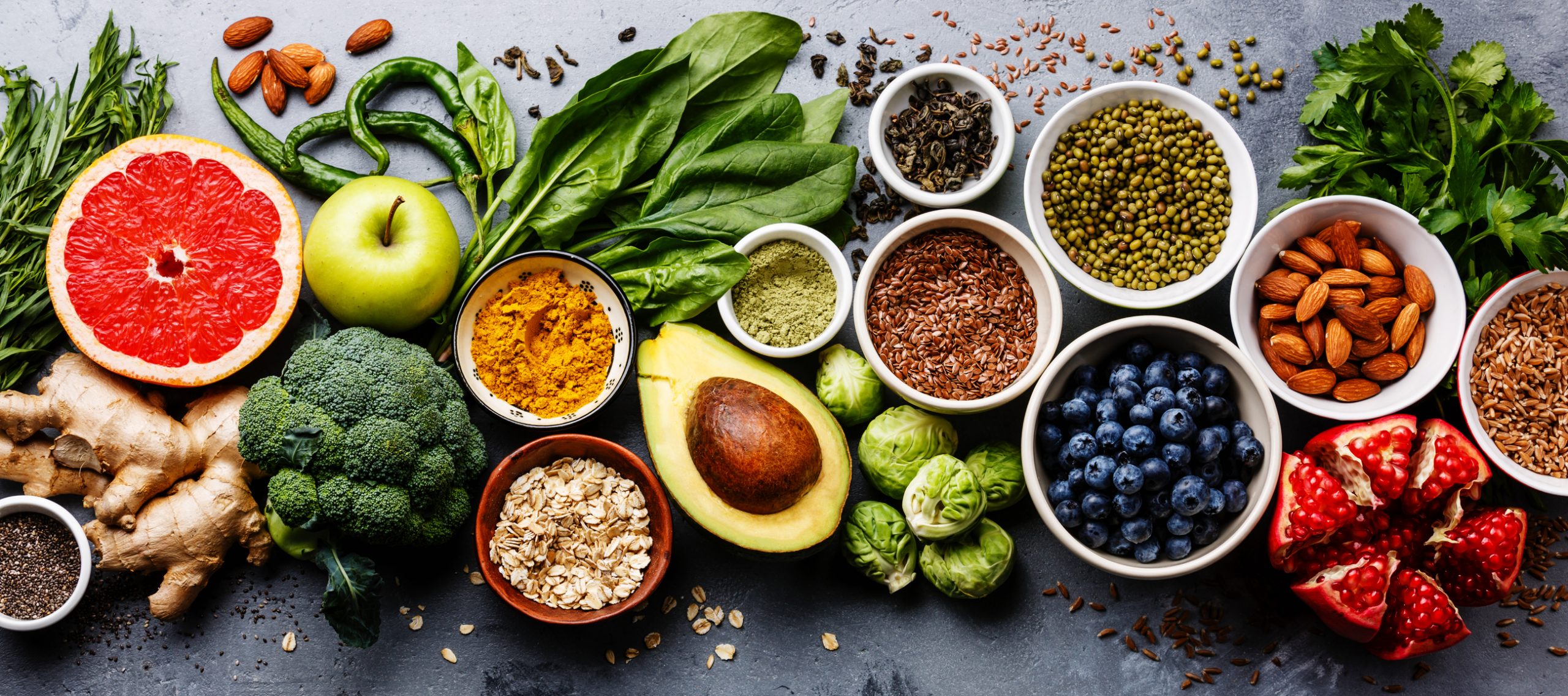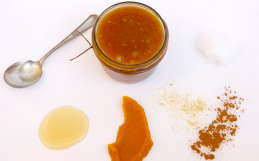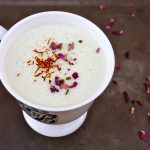Now that it’s 2023, the wellness world is buzzing about which health trends will be shaping health in the coming year.
Trends are a double-edged sword. They can be fun and insightful, with shiny new ideas and products to try. But they can also be unhelpful, with some trends centering around confusing and unscientific buzzwords to push sales.
So we’ve done the hard work for you! We’ve filtered out the pulp from the trends that will truly make a difference in your health this year.
The best part is, these health trends center around health habits that are easy to adopt and are certain to give you the best bang for your buck.

Here are our top health trends for 2023:
1. Micronutrients: that’s right — stop counting calories, fat grams, and even macros. We don’t suggest counting anything but if you choose to, start by focusing on the nutrient density of your food. For example, just by focusing on getting higher levels of vitamin D, magnesium, and omega fats you’re going to see bigger results in your health goals (and this includes weight loss).
All three of these nutrients boost immunity and heart health while helping your body combat stress and inflammation. As a result, your moods will become more stable and your energy and mental clarity will increase!
2. Fiber: this is the unsung hero that is a totally game changer for your health. Adding more fiber to your diet has multiple benefits: fiber supports your body’s natural detox and your microbiome health, helps balance blood sugar, boosts heart and gastrointestinal health, reduces overeating, and helps maintain healthy cholesterol levels.
Eating a diet rich in whole foods like gluten-free grains, veggies, beans, and nuts and seeds will help you boost your fiber intake. Aim for 30 grams or more per day to maximize the benefits.
3. An individualized approach to balancing your blood sugar: no two people are created equally, and no food acts the same way in every body. To find what foods spike your blood sugar: get some blood glucose test strips or a meter and get a notebook or piece of paper ready. Test your blood sugar before your meal, then eat and record what you ate. Finally, test your blood glucose again 30-60 minutes after your meal (or you can test at 30 minutes AND 60 minutes), and again after 2 hours.
This process will give you a clearer idea of the peaks and valleys of your blood sugar after you eat certain foods. Once you know which foods affect you the most, you can combat the spike by combining those foods with plenty of fiber and healthy fats or adding pickled veggies, fermented vinegar (like ACV) or blood-sugar balancing spices like cinnamon to your meal. If you have the time, taking a short walk after eating is also a great way to keep your blood sugar stable.
Are you interested in giving any of these healthy habits a try?
We can help you! These are Conscious Cleanse principles and we’ll be going into even more depth during our upcoming Jan cleanse.
Our January 11 Group Cleanse can give you the support you need to integrate them into your health routine.
We’re here to help you feel like the healthiest and most vibrant version of yourself, however that looks for you.
Your partners in health,
The Conscious Cleanse Team
If you liked this blog, we invite you to join our online community! When you join, you’ll receive regular new recipes and healthy lifestyle tips. As a welcome gift, we’ll send you our FREE Conscious Cleanse Guide to Green Smoothies!
Welcome! We’re so glad you’re here.






